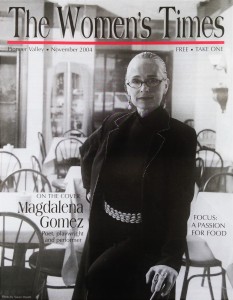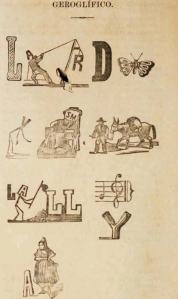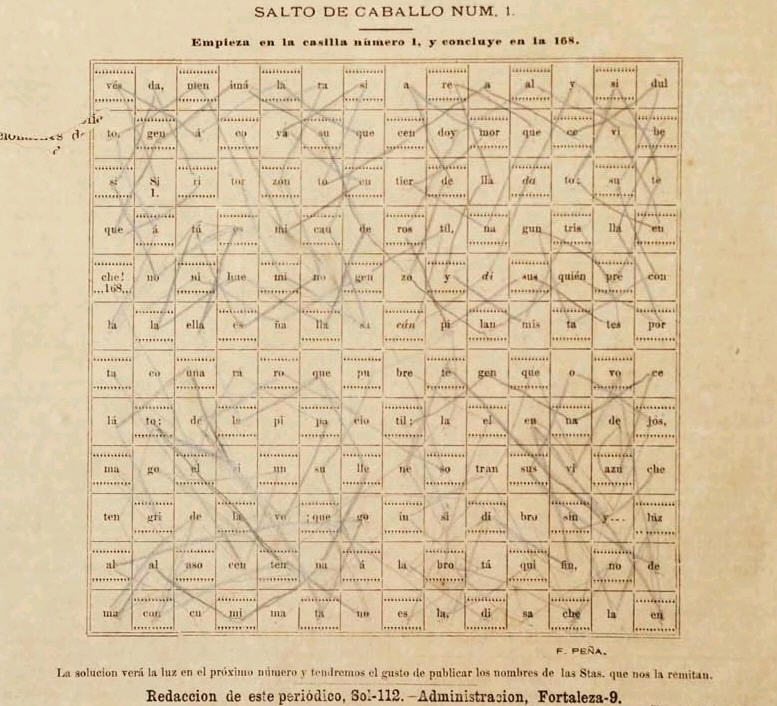The following post is by undergraduate and UConn History Department intern Diana Alvarado about her current project working with materials in the Archives & Special Collections.
My name is Diana Alvarado, and I am a first-year student at the University of Connecticut. Lots of people seem to think that being a history major is just about learning the facts of the past, but it really is so much more than that. It’s also about making a connections with stories and getting into the minds of the people in those stories.
At the Archives & Special Collections in the Thomas J. Dodd Research Center, I have been doing research about second wave feminism, and I found an article in “The Women’s Times” about Magdalena Gomez, a Puerto-Rican poet, playwright, and feminist. While reading the article by Allison Tracy, I was able to get a good look at her life as a minority and a woman. I can understand that also being a Puerto-Rican and female would make it easier for me to relate to Gomez than someone who wasn’t, but her story gives us a look inside the mind the of the feminists who weren’t the center of attention in the movement. Why is this important? It’s important because we can learn so much more about how the movement continues to impact our lives today; we can understand who we are a little more, and we can be more inspired to continue the work that feminists devoted their lives to. Continue reading




